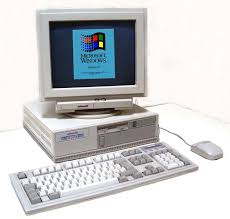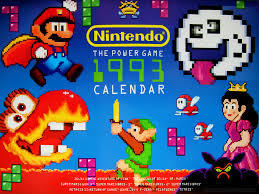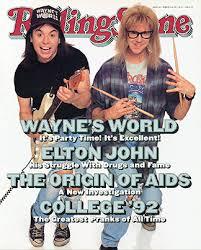@Benjamin_Gold @Chris_Lischy
Since I have been arguing against the folder thing, i’d like to take another cut at it.
“Folders are of the devil and you will burn in hell” – ok, maybe not quite that.
I have already written about why I think they are not useful: the constraint of a single root, etc.
But why do I think they are actively harmful?
A parallel: consider the Save command in most of our software. Why do we have it? Save is actually a hack caused by a hardware constraint: the memory that a computer uses when you work with it is expensive and volatile (information is lost on shutdown), so we need to use disk for permanent storage. The problem is that this physical distinction has been elevated into the user abstraction. Why should I need to pay attention to the difference between two different kinds of storage? And why do I need to care about a session? If I walk away from a computer the information is still there, but if it is shutdown during lunch the information is lost? If I have been working on a document for an hour, of course I want to keep that work, why do I have to be responsible for saving it? It’s silly. Obviously, the sensible design would be that my work is always kept without any action on my part.
This has been known for 25 years. So why does Word still have Save? Because there are a billion users brought up on the current design who would scream bloody murder if it was changed. (Believe me, I worked at Microsoft, had this discussion many times.) This constraint doesn’t apply to new software: Outlook and OneNote do not have Save. But the existing legacy locks down Word: I’m convinced that Word 37, when we have mental dictation and direct retinal projection, there will still be a Save command.
This is not just a stylistic issue, the two-tiered storage model with RAM and HD is becoming obsolete in very fundamental ways. New options are appearing:
SRAM: latency 1X, size 1X
DRAM: latency 10X, size 100X
Xpoint: latency 100X, size 1,000X
SSD: latency 100,000X, size 1,000X
HD: latency 10,000,000X, size 10,000X
If you are building a server operating system or a database or a cloud service, totally new design points appear. And if you add battery consumption to the comparison, there are new design points for handheld devices. If we keep designing for RAM and disk with a Save as a transition, we will be lost.
You mention JRiver. I think JRiver is the pinnacle of the Windows 95 user interface paradigm. Of course, the design of the Windows 95 paradigm was laid down in 1992. Do you remember 1992?




But we have moved on. The Web doesn’t look like that. The iPad doesn’t look like that.
So it isn’t just that I worry that you will waste your time on an inconvenient paradigm, or that the Roon team will waste their time on an implementation. I worry that we will cement a 1960s concept, the file folder, into the Roon design and we will still have it twenty years from now and it will constrain the design.
The iPad is free to make good decisions, because they were not locked down by backwards compatibility. I don’t want Roon to be locked down.








